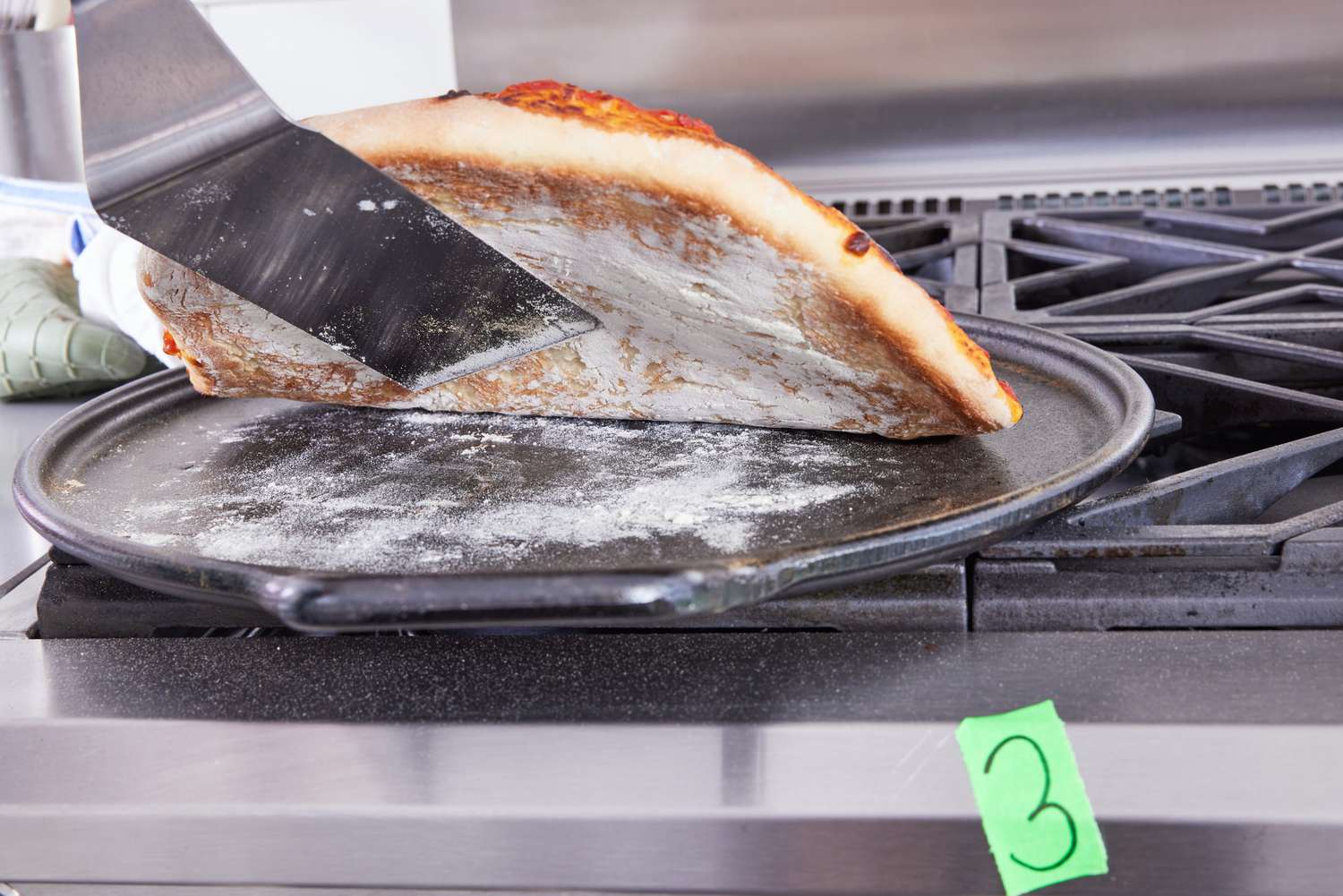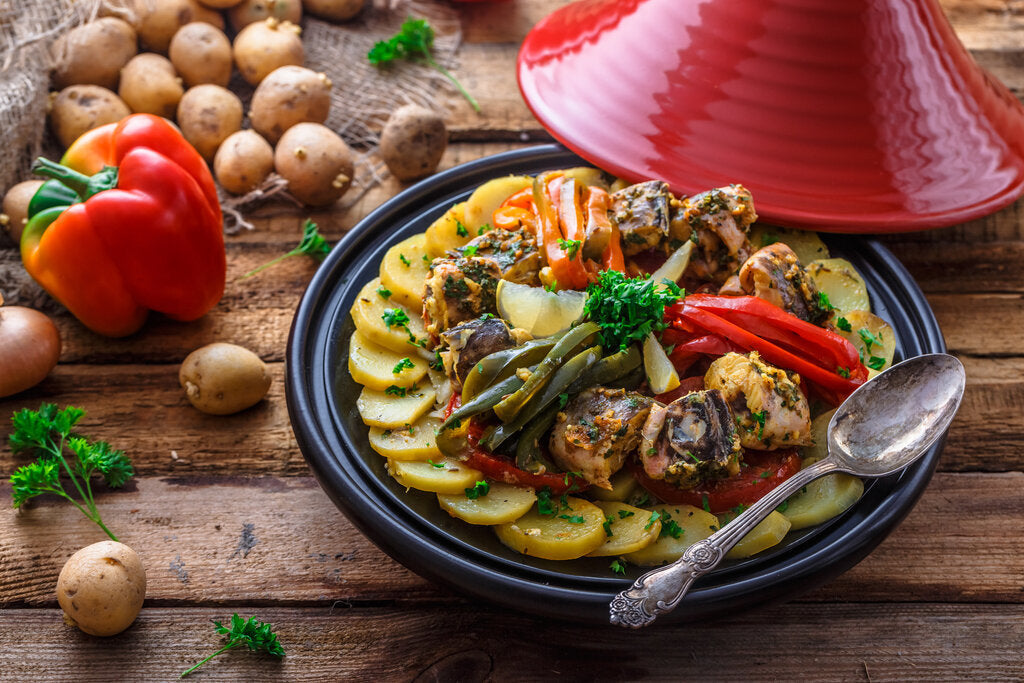Deciding between a baking stone and a baking sheet is an important choice for culinary enthusiasts aiming to elevate their baking game. Both tools offer distinct advantages that can influence your final results. Before diving into your next baking adventure, it's essential to understand the strengths of each tool to make the best decision.
A baking stone is renowned for producing perfectly crispy pizzas and crusty breads, while a baking sheet provides a versatile surface suitable for a range of baked treats. In this article, well explore the unique features, benefits, and optimal uses of each option, helping you hone your baking skills.

Understanding the Baking Stone
First popularized in traditional wood-fired ovens, the baking stone excels in replicating the hot and humid environment of these classic cooking methods. Crafted from materials such as ceramic, clay, or cordierite, these stones are highly valued for their ability to absorb and evenly distribute heat, which is crucial for a flawless bake.
One of the standout benefits of a baking stone is its capacity to wick away moisture from the dough, yielding a crispy crust that's essential for pizza and artisan breads. Furthermore, its excellent heat retention keeps the stone at a stable temperature, even when the oven door opens, making it perfect for recipes that require precise temperature control.
Benefits of Using a Baking Stone
- Crispy Texture: Achieves an ideal crunchy crust with a soft interior.
- Heat Retention: Maintains consistent, even heat throughout the baking process.
- Versatility: Suitable for baking a variety of items like bread, pizzas, cookies, and more.
To get detailed guidance on using a baking stone, visit Chef's Resource.
Exploring the Baking Sheet
A baking sheet, generally made from metal, serves as a fundamental tool in any kitchen for a multitude of baked items. Renowned for its convenience, it is a must-have in professional environments due to its easy storage, straightforward cleaning, and quick usability.
The typical materialsaluminum or stainless steeloffer decent heat distribution, though not quite as comprehensive as a baking stone. Non-stick options have made it easier to bake sticky substances, such as sweet pastries or cheesy treats.
Advantages of Baking Sheets
- Quick and Convenient: Ready for immediate use without the need for preheating as required by stones.
- Storage-Friendly: Easy to stack and fit into any kitchen space.
- Accessible Variations: Available in numerous sizes and materials, including non-stick options.
For practical strategies on successful baking with sheets, explore tips at Baking Sheets Tips.
When to Use Each?
For culinary professionals, the choice between a baking stone and a baking sheet often hinges on the specific recipe being prepared. A baking stone is recommended for dishes that benefit from a crisp crust, such as pizza or French bread. Conversely, a baking sheet excels with cookies, sheet cakes, and other baked sides.
Additionally, consider the thermal shock resistance of stones, which necessitates gradual heating; thus, sheets may be better suited for quick-bake items or larger batches where preheating is impractical.
If you are interested in tips for achieving perfectly crispy pizza, check out this guide on pizza stones.

FAQs
What is the primary advantage of using a baking stone?
The main benefit of a baking stone is its ability to create that coveted crispy crust due to its efficient heat retention and moisture-wicking properties.
Are baking sheets better for cookies?
Absolutely! Baking sheets are ideal for cookies, saving time with their non-stick surfaces and providing evenly distributed heat for perfect results.
Can I use a baking stone for pastries?
While a baking stone can work for certain pastries, baking sheets are generally preferred due to their ease of use and ample surface area for spreading.
For more information on cooking techniques, like obtaining grill marks using a grill pan, check out this article on grill marks. Interested in keeping your cast iron skillet in top shape? Read this helpful guide on preventing smoke while cooking. Lastly, if you're unsure about how to dispose of wood cutting boards, visit this resource for guidance.
This article contains affiliate links. We may earn a commission at no extra cost to you.






Leave a comment
This site is protected by hCaptcha and the hCaptcha Privacy Policy and Terms of Service apply.